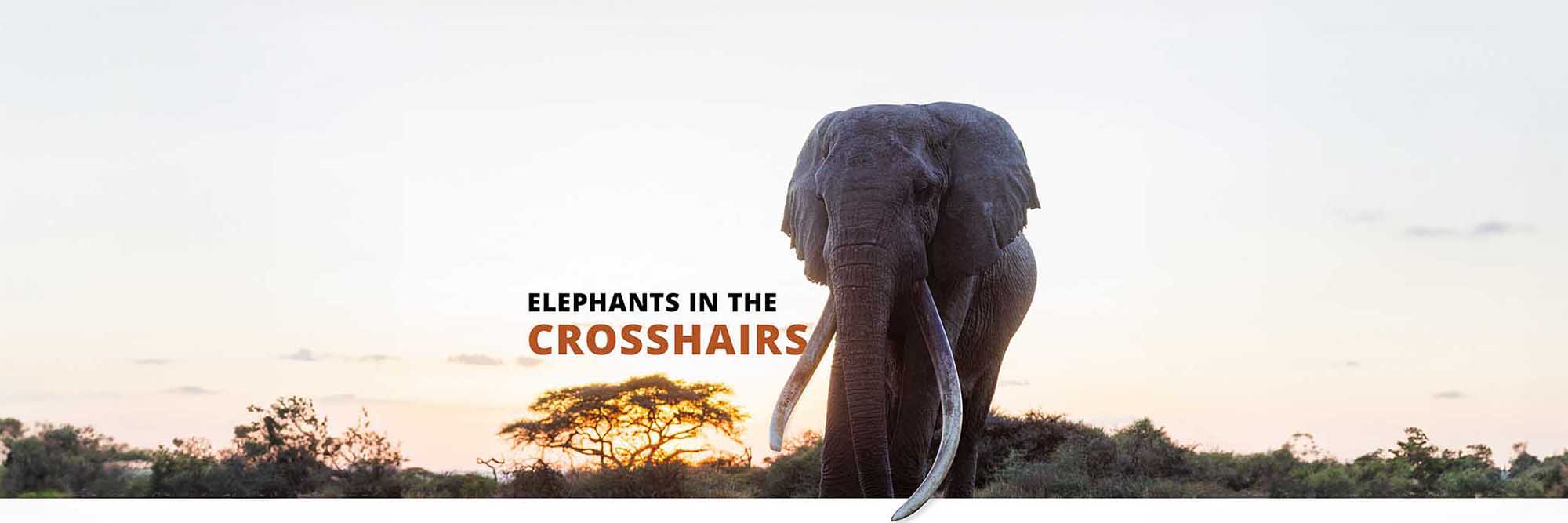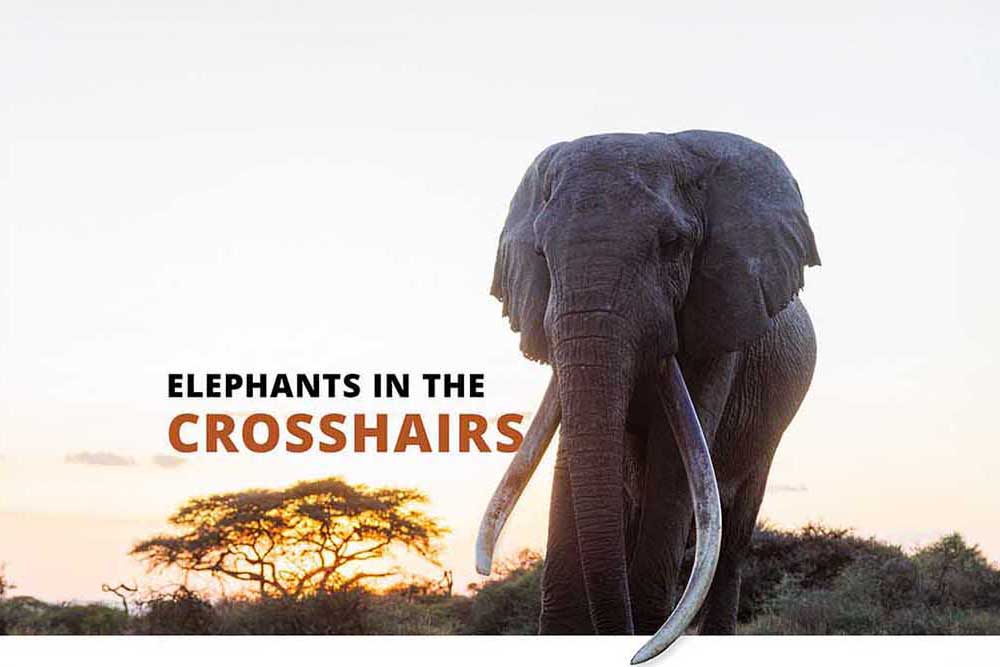You may know the story coming out of Tanzania by now. If you don’t, brace yourself.
Across the border from our HQ in Kenya, trophy hunters have killed 5 elephants in the last 8 months. This follows a 29-year period during which elephants were protected from trophy hunters in the Enduimet Wildlife Management Area of Tanzania, thanks to an unofficial moratorium agreed on in the mid-90s. We don’t know the reasons for Tanzania’s change of heart but can only guess that it boils down to money.
Amboseli’s elephants are habituated to humans, making them easy targets for hunters, and they frequently cross the border between Kenya and Tanzania, because the ecosystem spans both countries.
The identities of the dead elephants are not known, aside from 35-year-old Gilgil, identified by the Amboseli Trust for Elephants. The hunting companies burned their bodies and refused to provide photos; however, we know that Gilgil and at least one other elephant were tuskers in their reproductive prime.
Tuskers are bull elephants with at least one ivory tusk weighing more than 100 lbs. There are estimated to be fewer than 50 in all of Africa, and at least 10 of them live in the Amboseli ecosystem that Big Life helps to protect. Tuskers are rare and physically magnificent, but Big Life strives to protect all elephants, regardless of their tusk size.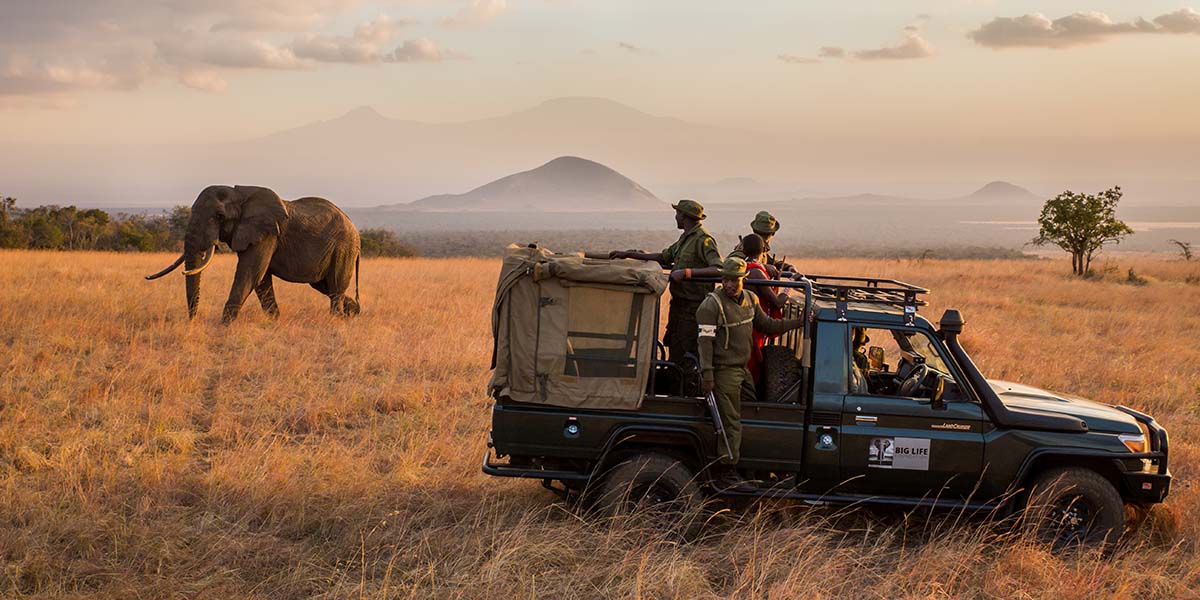 One of the ways we do this is by supporting 20 rangers in two mobile units in Tanzania’s Enduimet Wildlife Management Area, just across the border from Amboseli. It is especially painful for those rangers to know that the very animals they have dedicated their lives to protecting are now at risk of being legally shot by trophy hunters.
One of the ways we do this is by supporting 20 rangers in two mobile units in Tanzania’s Enduimet Wildlife Management Area, just across the border from Amboseli. It is especially painful for those rangers to know that the very animals they have dedicated their lives to protecting are now at risk of being legally shot by trophy hunters.
We are outraged. But because hunting is legal in Tanzania, there’s not much we can do inside Tanzania besides working with partners to petition the authorities to stop issuing permits to hunt elephants in this cross-border population. In the meantime, our rangers in Enduimet will continue to protect those elephants from the illegal threats they still face.
To be clear, we are not attempting to fundraise off the back of something we can do little about. However, we’d be remiss not to acknowledge it, and we are also not sitting idly by.
As frustrating as the situation is, in addition to lobbying in Tanzania, we are doing everything we can on the Kenya side of the border to protect this special elephant population.
This starts with monitoring elephants like Esau, one of the many Amboseli elephants who frequents Tanzania. He recently sustained bad wounds in a fight with another bull, and the process of darting him for treatment of his wounds presented a unique opportunity: he could also be fitted with a tracking collar.
Because research elephants with tracking collars are widely considered off-limits to trophy hunters, our belief is that a collar will help to keep Esau safe. We can tell from the tracking data that he has since traveled deep into Tanzania, where he continues to move freely.
Trophy hunting may be the most topical, but it is only one of the threats faced by Amboseli’s elephants.
We don’t talk about conflict as much anymore, because of the success of our 100 km elephant fence that has saved elephant lives and farmers’ incomes. This hard boundary between farmers’ crops and elephants has reduced conflict by 90%+ since it was built but requires ongoing maintenance to manage elephant breakages and everyday wear and tear.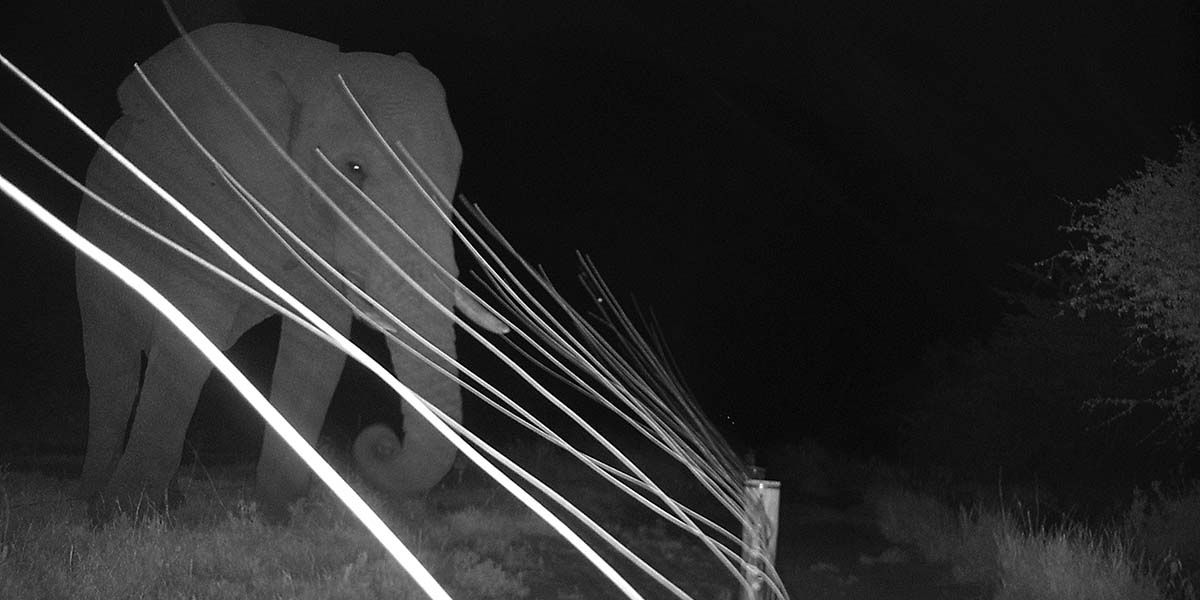 We obviously can’t fence an entire ecosystem, so we also have dedicated mobile ranger units that respond to human-elephant conflicts at a moment’s notice, keeping elephants out of farms day and night.
We obviously can’t fence an entire ecosystem, so we also have dedicated mobile ranger units that respond to human-elephant conflicts at a moment’s notice, keeping elephants out of farms day and night.
That’s just the tip of the iceberg. It’s been 5 years since the last confirmed poaching of an elephant in our core area of operation. This is a result of tens of thousands of kilometers of ranger patrols each year, supported by vehicles, aircraft, and undercover intelligence operations. From 2017 to 2023, our intelligence network was responsible for the confiscation of 6,000 kg of ivory and the arrest of 389 ivory traffickers.
We are now leasing 100,000 acres of elephant habitat, securing space for elephants and other wildlife that have large spatial needs. This is just the start; we believe that 500,000 acres of core habitat needs to be protected in the long run.
We need to maintain this success, as we continue to do more and do it better. Protecting this ecosystem requires multiple collaborative and innovative approaches, and none of it is possible without your support.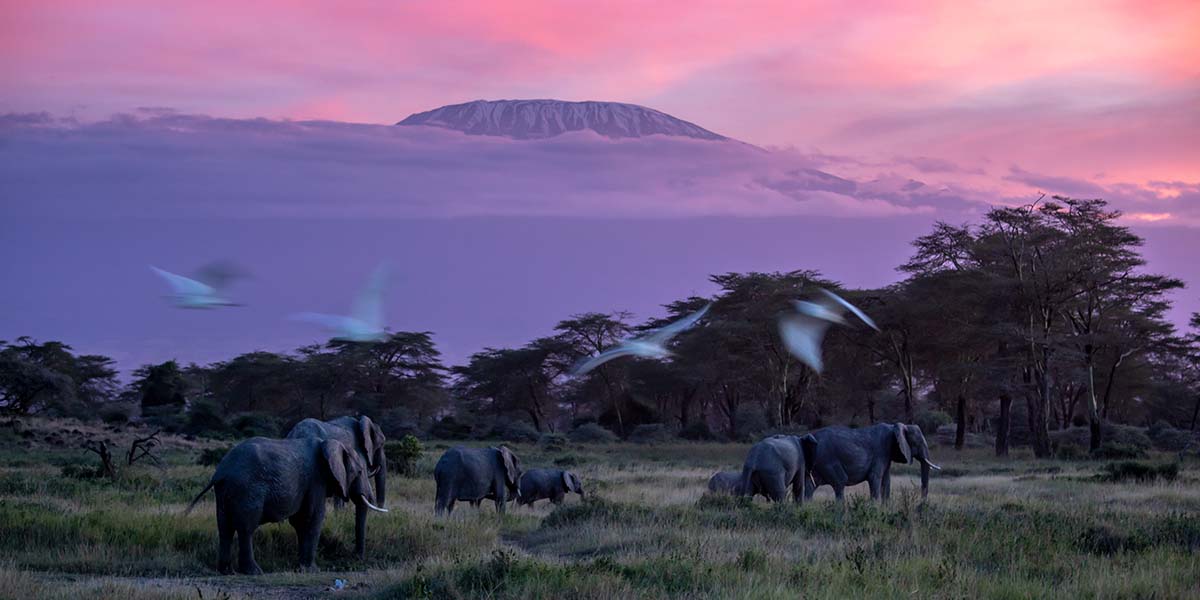 Your support is vital to protecting their habitats, mitigating human-wildlife conflict, and ensuring the survival of these intelligent and amazing animals for generations to come.
Your support is vital to protecting their habitats, mitigating human-wildlife conflict, and ensuring the survival of these intelligent and amazing animals for generations to come.
Thank you for your compassion and for supporting our mission to keep wildlife and wild lands in East Africa protected for the benefit of all.
Big Life is registered in the USA as a 501(c)(3) charity (EIN 27-3455389). Donations are tax deductible as permitted by law.

